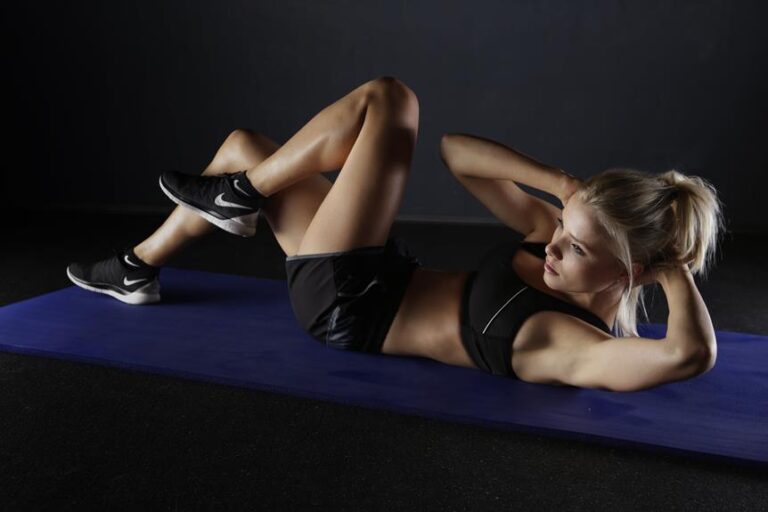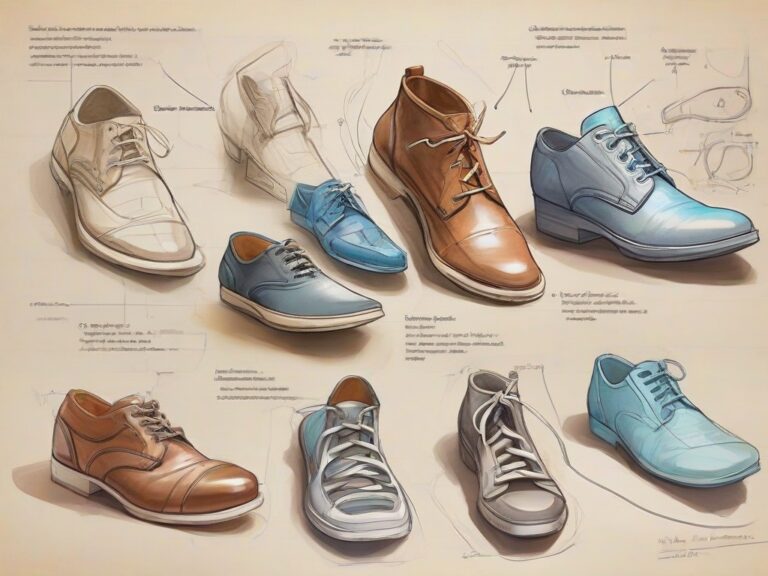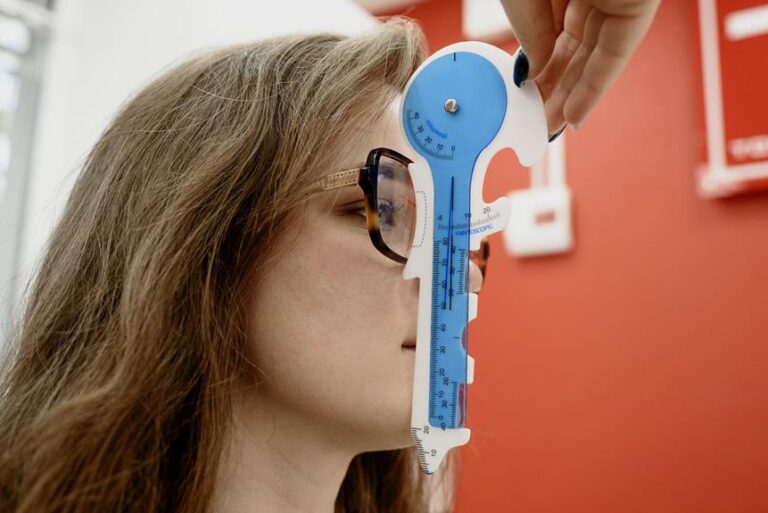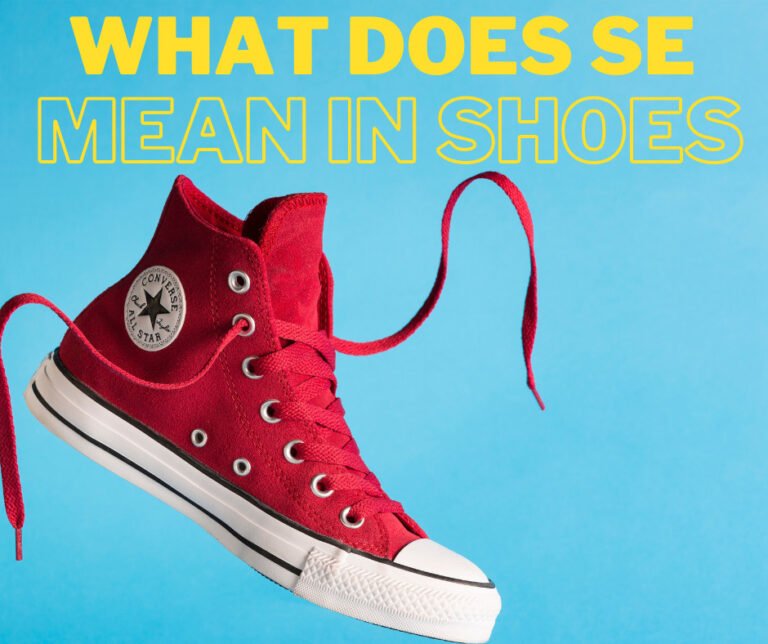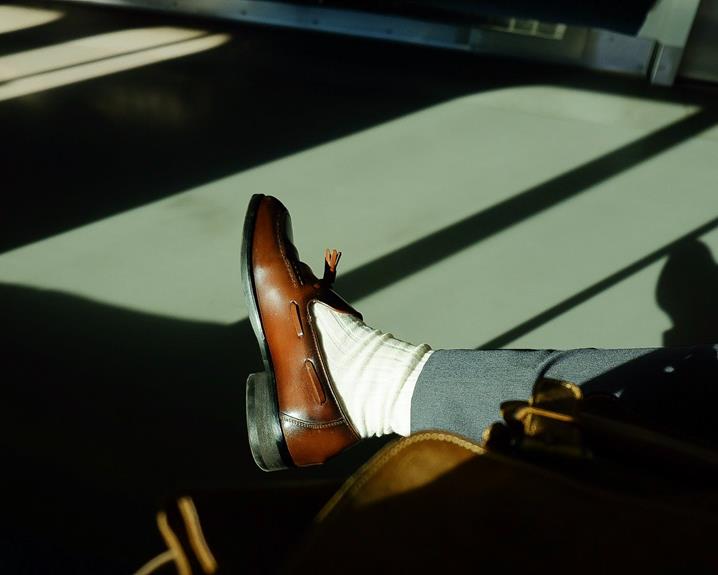Do Pointe Shoes Hurt? Here’s What You Need to Know
Ballet is an exquisite art form that requires serious commitment, self-control, and practice. Pain, however, is an aspect of ballet that is frequently disregarded. Particularly painful and uncomfortable are pointe shoes. Which leaves many to ponder the age-old question: “Do pointe shoes hurt?”
Yes, pointe shoes can be painful. Shoes for dancers are specially made to bear the dancer’s weight on the toes, which can be quite taxing on the toes and the rest of the foot. Shoes are often made of rigid and unyielding materials such as canvas, glue, and satin. However, the discomfort of wearing pointe shoes is essential to the training process. It is a constant reminder of what it takes to become a ballet master. This article will discuss why dancers wear pointe shoes despite the pain they cause and some strategies for reducing that pain.
What Pointe Shoes Are, Different types and how They Work

Ballet dancers use pointe shoes, specialized footwear, to perform pointe work, which involves dancing on the tips of the toes. The purpose of these shoes is to support and cushion the foot while enabling the dancer to keep control and balance.
The box, shank, vamp, and ribbons are some pointe shoe parts. The complex, flattened toe area that houses the dancer’s toes and bears the body’s weight is known as the box. The stiff sole of the shoe that runs along the bottom of the foot, known as the shank, offers support and stability. The ribbons firmly tie the shoe to the dancer’s ankle while the shoe’s vamp, or front section, covers the toes.
A wide variety of pointe shoes are available on the market to meet the needs of different dancers.
Similar Post: What are Reps in Shoes?
Most Common Types of Pointe Shoes
Some of the most common types include:
Soft-block Pointe Shoes
Beginners should start with soft-block pointe shoes because of their cushioned soles.
Hard-block Pointe Shoes
Hard-block pointe shoes have stiff soles and are designed for more experienced dancers.
Other variations include shoes with different shank lengths and strengths and those designed for men or dancers with wider feet.
Proper Fitting and Maintenance for Pointe Shoes
Proper fitting and maintenance are essential for pointe shoes. A poorly fitting shoe can cause discomfort, pain, and even injury. At the same time, regular maintenance can help extend the shoe’s life and ensure that it continues to provide the necessary support and cushioning.
Dancers should be fitted for their pointe shoes by a professional fitter, who can help ensure that the shoe fits snugly but comfortably and provides the necessary support for the individual dancer’s foot.
In addition to proper fitting, regular maintenance is vital for keeping pointe shoes in good condition. Dancers should air out their shoes after each use and avoid storing them in damp or humid environments. Some dancers break in their boots by bending the shank or hammering the box, requiring care to avoid damaging the shoe. By taking proper care of their pointe shoes, dancers can help ensure they can perform to the best of their ability and avoid injury.
The Reality of Pain in Pointe Shoes: Do Ballet Pointe Shoes Hurt
In ballet, en pointe (dancing on the tips of one’s toes) requires a particular pair of pointe shoes. However, the pressure and strain these shoes place on the feet can make wearing them uncomfortable, if not painful. The design of pointe shoes places unnecessary stress on the foot’s bones, muscles, and ligaments by forcing the foot into an unnatural position, with the body’s weight shifting onto the toes.
Description of Common Areas of Pain for Dancers

Pain in the toes, particularly the big toe, metatarsals, arches, and ankles, is joint among dancers who wear pointe shoes. Blisters, corns, calluses, and even stress fractures may result from the shoes’ constant pressure and friction. The rigidity of the shoe causes ankle sprains and strains, and muscle strains result from the continuous flexing of the foot inside the shoe.
Difference between “Good Pain” and “Bad Pain”
There is a difference between “good pain” and “bad pain” in pointe shoe discomfort. “Good pain” is associated with the strengthening and conditioning the muscles and ligaments, which are essential for performing en pointe. This type of pain is often described as a dull ache and can be relieved by stretching, massaging, or resting the affected area.
In contrast, “bad pain” is the type of pain that indicates injury or damage to the foot. This pain is usually sharp and intense and requires medical attention to prevent further damage. Ignoring this type of pain can lead to long-term complications, including chronic pain and permanent damage.
Tips for Minimizing Pain: Do Pointe Shoes, Hurt
Properly breaking in new pointe shoes is essential for preventing discomfort and injury. First, when dying in brand-new pointe shoes, inspect them thoroughly to find any areas that need to be stretched or softer. The next step is to wear the boots for shorter and shorter amounts of time until your feet are entirely comfortable in them.
Building Strength and Technique to Avoid Injury
Physical strength and competence are also essential to reduce discomfort and avoid injury. Feet, ankles, leg, and abdominal muscle strength should all be developed and maintained. To further ensure your body is supported and aligned while dancing on pointe, you should pay close attention to your alignment and technique.

Ways to Alleviate Pain During and after Dancing
There are several ways to alleviate pain during and after dancing. One effective method is to use supportive paddings, such as toe pads or gel cushions, to cushion the feet and absorb shock. Stretching before and after dancing can also help to relieve muscle tension and reduce pain. Additionally, taking breaks and alternating between pointe work and other forms of dance or exercise can help to prevent overuse injuries.
It is essential to listen to your body and avoid pushing through pain. If you experience persistent or severe pain, seeking medical attention and adjusting your dance routine to prevent further injury is essential. Proper care and attention enable minimizing pain and enjoying the beauty and grace of dancing on pointe.
Are you interested: In how to Fix Bald Spots on Suede Shoes?
Common Concerns: Before and After Pointe Shoes Feet
Worries about the pain associated with pointe shoes and pointe work are daily among dancers, even though pointe work is an essential part of ballet training and performance. However, pointe work can be safe and satisfying with the right approach and attention to detail.
Injuries are a significant cause for worry for many people. Even though there is always a chance of getting hurt in physical activity, you can lessen that chance with the proper form and some strengthening drills. In addition, dancers should pay attention to their bodies and get medical help if needed.
The fear of pain associated with wearing pointe shoes is another concern. Performing on pointe can be challenging, but it shouldn’t hurt too much. Any discomfort could be a result of poor form or ill-fitting footwear. Dancers must ensure their shoes are the right size, have no gaps, and have been broken in. Using the feet and ankles correctly and engaging the core can also help reduce pain.
Keep in mind that working en pointe is a highly technical skill and requires the supervision of a trained professional. Dancers should consult their instructors or professional fitter when shopping for pointe shoes. Any ongoing pain or discomfort should also prompt a visit to a doctor.
Conclusion
We’ve talked a lot about how vital it is for dancers to care for their bodies. Maintaining a healthy routine that includes rest, hydration, stretching, and exercise is crucial. We also discussed the possibility of harm and the significance of getting medical help if it occurs.
Regarding the question “Do pointe shoes hurt,” the answer is yes, they can sometimes be uncomfortable and even painful. However, with proper technique, fit, and conditioning, dancers can minimize the discomfort and potential for injury.
In closing, pursuing a passion for dance can be incredibly rewarding, but it’s crucial to prioritize your health and well-being. Take the necessary steps to care for your body, listen to your body’s signals, and seek help when needed. With dedication and perseverance, dancers can continue to pursue their passion while keeping their bodies safe and healthy.
Frequently Asked Questions
Do pointe shoes hurt at first?
It’s true that pointe shoes, with their stiffness and pressure on the toes and feet, can be painful at first, but with practice and the right approach, the pain can be lessened.
Do pointe shoes damage your feet?
Blisters, bunions, and stress fractures are just a few of the foot problems resulting from dancing in pointe shoes without the proper training. These dangers, however, can be lessened with caution and skill.
How painful is it to dance on pointe?
Pain is to be expected when learning to dance en pointe. However, with the right approach to strengthening and conditioning, dancers can increase their stamina and reduce their sensitivity to pain, allowing them to perform gracefully and efficiently.
Do your toes bend in pointe shoes?
Indeed, when wearing pointe shoes, your toes will bend. The shoes support the dancer’s weight, but the foot can remain pointed.
Does ballet damage your body?
When ballet is practised incorrectly or without enough time for rest and recovery, it can lead to severe injuries. Despite the potential for physical harm, ballet has many benefits that anyone, even those who are not trained dancers, can appreciate.

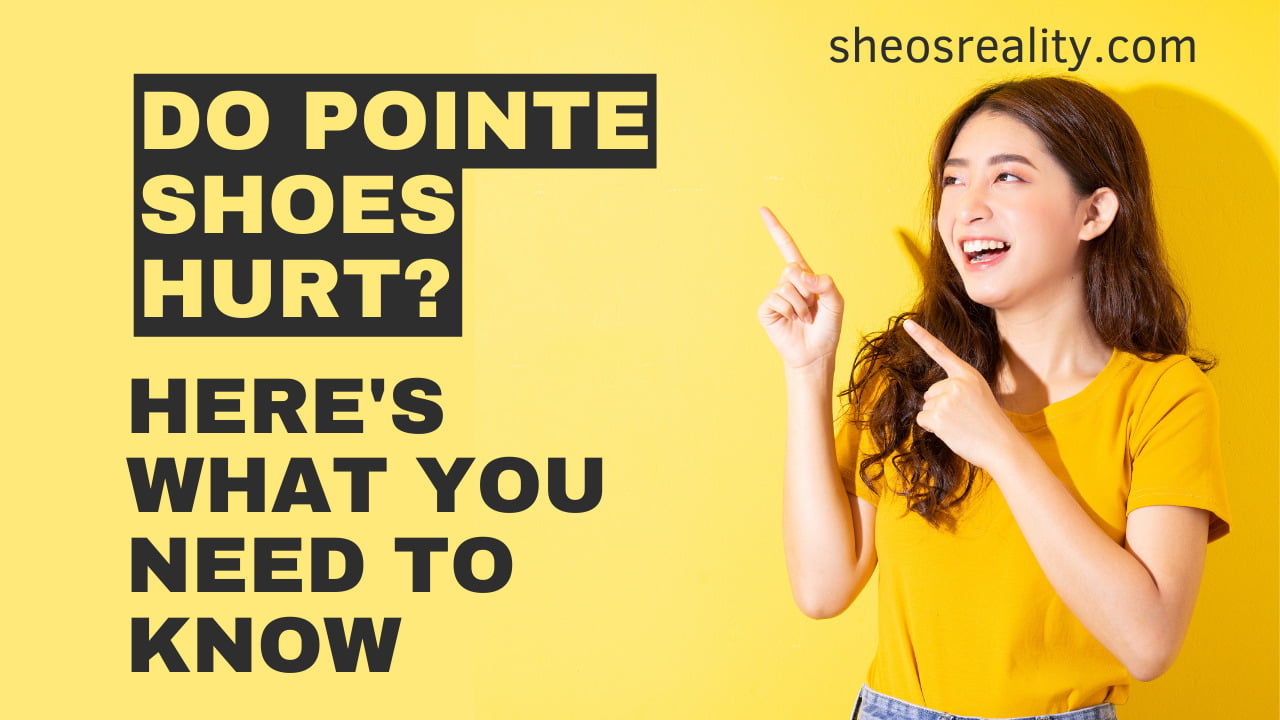
![How To Clean Brooks Shoes: Keep Your Shoes Fresh [Top Guide]](https://shoesreality.com/wp-content/uploads/2023/10/How-To-Clean-Brooks-Shoes-768x402.jpg)
